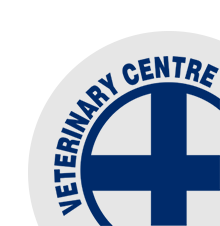Fodder Beet Feeding in Late Lactation
/Feeding up to 5-6kg of Fodder Beet (FB) in late lactation has multiple benefits.
• It allows the round to be extended, with a relatively cheap supplement.
• Is very good for encouraging condition gain.
• Cows are partially transitioned before heading off farm for the winter.
Providing that there is still a significant quality grass portion in the diet (9 kg plus), it is unlikely that at 5-6kg/DM of FB that cows will be protein deprived. However, at 5-6kg of FB in the diet, a lactating cow still producing 1.7kg of MS will be in a negative balance for Calcium. She will be drawing on bone stores and have a higher chance of clinical milk fever. Calcium supplementation (~150g lime-flour cow/day) is important to maintain health and production, and reduce bone calcium exhaustion before the next lactation.
One problem that we repeatedly see with FB transition is the creation of space for cows to get onto the crop. Creating a headland in the crop by using a Beet bucket and feeding this in the paddock initially works very well. Once on a crop, a herd needs 1 linear metre/cow on the face and 6 square metres (minimum) of room/cow on the headland.
Cows should start on an allocation of not more than 1-2kg/cow/day. Maintain this for 3 days until all cows are eating and then increase by 1kg every second day. Cows are best to go onto the crop hungry to encourage shy eaters.
Using an ‘increasing time allocation technique’ and using a big, long break (6-7m2/cow) to enter a paddock can be risky. Those that use it usually start with 15 minutes (precisely!) and increase the time by 5 minutes every 3 days. Once a long headland is established (fully eaten), then move to using accurate measured daily allocations. Use a stop-watch and wait with the cows!
When setting an allocation, it is easiest to calculate if the fence is shifted parallel to the rows. Cows will graze 12-18 inches under the wire so will effectively always be eating the next row.
Train the cows to stay and eat their allocation. Even if most is eaten in 20 minutes, cows should stay on the break for 2-3 hours so they all learn that they need to eat.
Never allow beet to build up in a break. You have over allocated and need to pull back. Day 7-10 on crop is where problems often occur when cows will suddenly click and eat the accumulated surplus.
You must accurately measure your crop yield to enable accurate per cow allocation!





